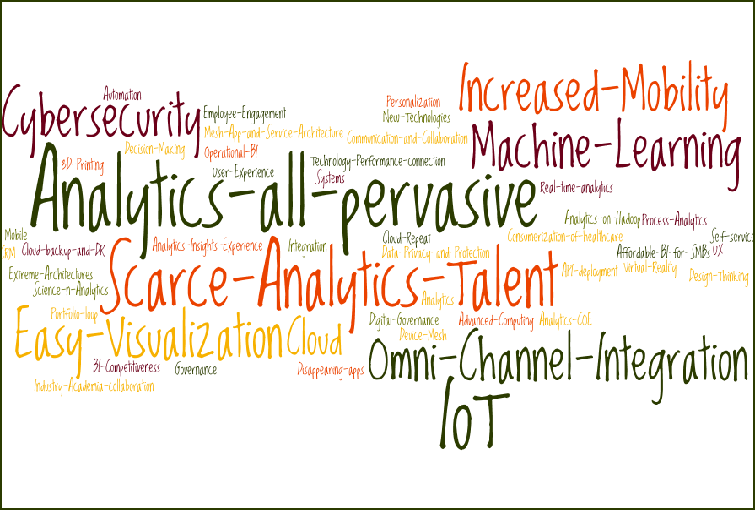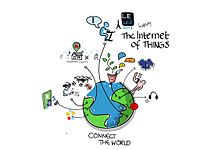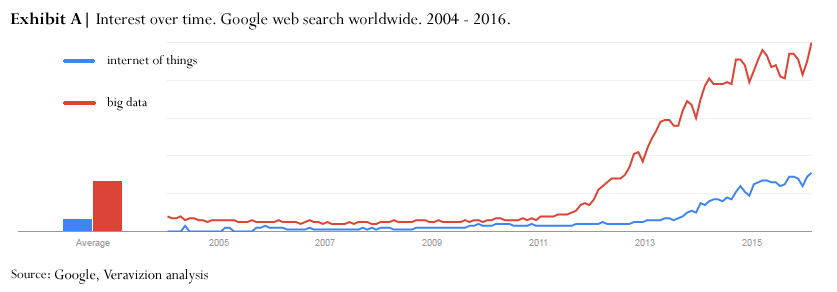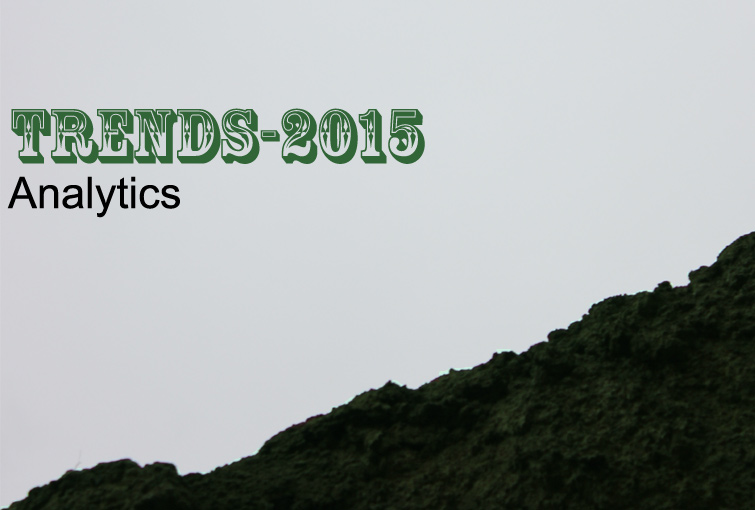Analytics is the process of discovering, interpreting, and communicating meaningful patterns in data. It helps us make decisions based on data and hard facts.
Most companies now use analytics to make data-driven decisions. They expect that good insights can really take their business to the next level.
Unfortunately, good insights rarely emerge.
Is analytics all hype then?
Here is a startling finding.
Research by PwC and Iron Mountain indicates that three in four businesses extract little or no advantage whatsoever from using analytics. According to the study, 43 percent of companies surveyed “obtain little tangible benefit from their information,” while 23 percent “derive no benefit whatsoever.”
Now, everyone and their uncle is claiming to use analytics in their business. If it was really useful, the world’s GDP have gone through the roof.
So, why are businesses not able to leverage analytics?
This HBR article and the PwC research discuss the root cause. Both studies point to lack of the right capabilities and competencies required to make good use of the information companies have.
This finding really warrants the question. What capabilities and competencies do we need to extract real value from data?
In fewer words, what makes analytics valuable and beneficial?
The answer is STATISTICS.
Statistics makes analytics insightful.
Analytics without statistics is bland, blunt, and bootless. It is like Ron’s broken wand in (the Harry Potter movie) The Chamber of Secrets.
Analytics without statistics, at best, gives us dull observations like ‘focus on the millennials.’ At worst, we get costly and impractical recommendations like ‘redesign the entire supply chain.’
This lack of benefits from analytics leaves businesspeople disappointed.
On the contrary,
Analytics + Statistics = INSIGHTFUL Recommendations
What is meant by insightful?
An analysis is ‘insightful’ when it goes beyond the superficial. It gives an accurate and deep (hitherto unexplored) understanding about the subject. Besides, an insightful analysis helps us break our long-held beliefs and preconceived notions that hold us back.
Here are two diverse examples of insightful findings.
Example 1: who revolves around whom?
The western world during Aristotle’s time (c. 384 B.C. to 322 B.C.) believed that the Sun revolved around the Earth. For 1,000 years, Aristotle’s view of a stationary Earth at the centre of a revolving universe dominated the studies of the universe. Surya Siddhanta and later Copernicus’ work showed that it was the other way round. That ours is a heliocentric solar system in which the Earth and the other planets revolve around the Sun.
That is insightful.
Example 2: how do you shave?
Gillette first entered the Indian market in 1984. But they failed to sell razors despite trying for many years. They even launched their newest triple-blade system in 2004. However, sales were flat for a long time. Why? Gillette did not understand the Indian consumers. They had tested the product with only a few Indian Students at MIT and hence had missed crucial insights about shaving habits in India. A large part of Indian men did not have access to running water and had longer and thicker hair (than Americans). Based on these enlightening insights, they launched Gillette Guard for the Indian market, tasted success for the first time, and never looked back.
Connecting the dots…
So, how does statistics make analytics insightful?
Statistics solves two problems: ‘isolated evidence’ and ‘random variation.’
It does so by employing systematic numerical methods to analyse enormous quantities of data representative of the entire population. Statistics helps us make inferences on the whole population from those in a representative sample. The representative sampling assures that inferences and conclusions can extend from the sample to the overall population.
Ideally, everyone using analytics must incorporate statistical techniques.
But there is one hitch.
In fact, there are three:
- Statistics is complex. If there is one subject which is universally hated, it is statistics. Advanced statistics can get overly complicated. If they must, people use only the descriptive statistics which is easier. They tend to stay away from inferential statistics which is responsible for drawing inferences and conclusions.
- Use of statistics needs expertise. One needs in-depth understanding of statistics to be able to apply it completely and correctly. Moreover, there are different statistical techniques for different data types. One must identify the right techniques to use depending upon the nature and quantity of data available. Many a times, we need to apply statistics in multiple stages (like the Bonferroni correction) to get more accurate results.
- Building expertise takes time and efforts. Naturally, it is costly. It involves having the right people with deep level of knowledge and experience to apply analytics. Most people stop at the basics.
Due to this, it is rare to see use of statistics in analytics. Hence, despite being beneficial for business, useful analytical insights are hard to achieve.
Thus, analytics without statistics is anything but useful. But analytics with statistics is powerful. It delivers meaningful benefits.
That is why, at Veravizion, statistics is the indispensable part of all our analytics and consulting work.
There are several instances where the right kind of analytics (that include statistics) have rendered spectacular results. Analytics is reshaping industries like retail, consumer goods, healthcare, banking, and agriculture, among others. But that is a topic for another Veracle.
What has been your experience of implementing analytics?
Related Posts:
- Most important thing in analytics
- Data Science: The next frontier for business competitiveness (external)
- Analytics in Healthcare: A Veravizion Case Study
<– What are isolated evidence and random variation
Fields Medal, Open Problem, and Business Decisions –>
Cover Photo courtesy: Online stat psu edu
If you liked reading this article, then please subscribe to our blog – Veracles. That way, you can receive interesting insights in email.
Also, please do follow Veravizion on LinkedIn, Twitter or Facebook to receive easy updates.









